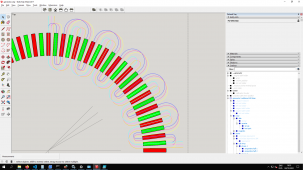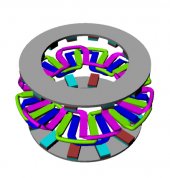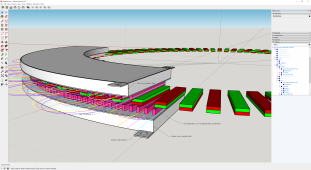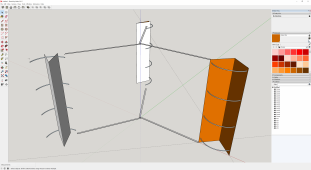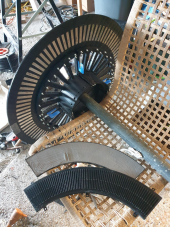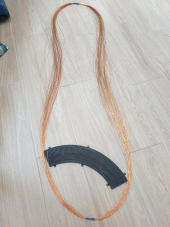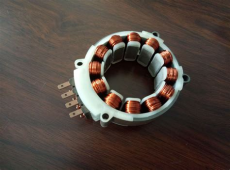Hedges
I See Electromagnetic Fields!
- Joined
- Mar 28, 2020
- Messages
- 20,695
@Hedges I might have found a reason not to make the coil separators from iron filled filament.
My reasoning is that the magnetic flux needs to pass through the coils and having iron filled filament will attract the magnetic field between the coils rather than through them.
Yes, any magnetic core should be through coils, not filling space between them. That space (look at a rotor or stator) just has winding of two adjacent coils, air, varnish.
We either want flux to pass through the center of a coil, and periodically reverse in polarity,
Or given a field with flux going one way, curving, coming back the other way, pass the coil through field edgewise (or move field with coil stationary) so it experiences field first one direction though middle of coil, then the other direction.
That reversing field could be a transformer, no moving parts. Or coil around pole pieces (e.g. one coil on a horseshoe) with bar magnet rotating so each end of horseshoe sees N/S poles alternately.
Or no magnetic material for pole pieces through coil, just field lines passing through coil. But, when field lines go between two coils, that does you no good. With pole pieces providing a low "resistance" path, most of the flux will go through one coil or the next, little between them. Pancake coils, the flux has less chance to go where you don't want it, compared to deep solenoid coils.



